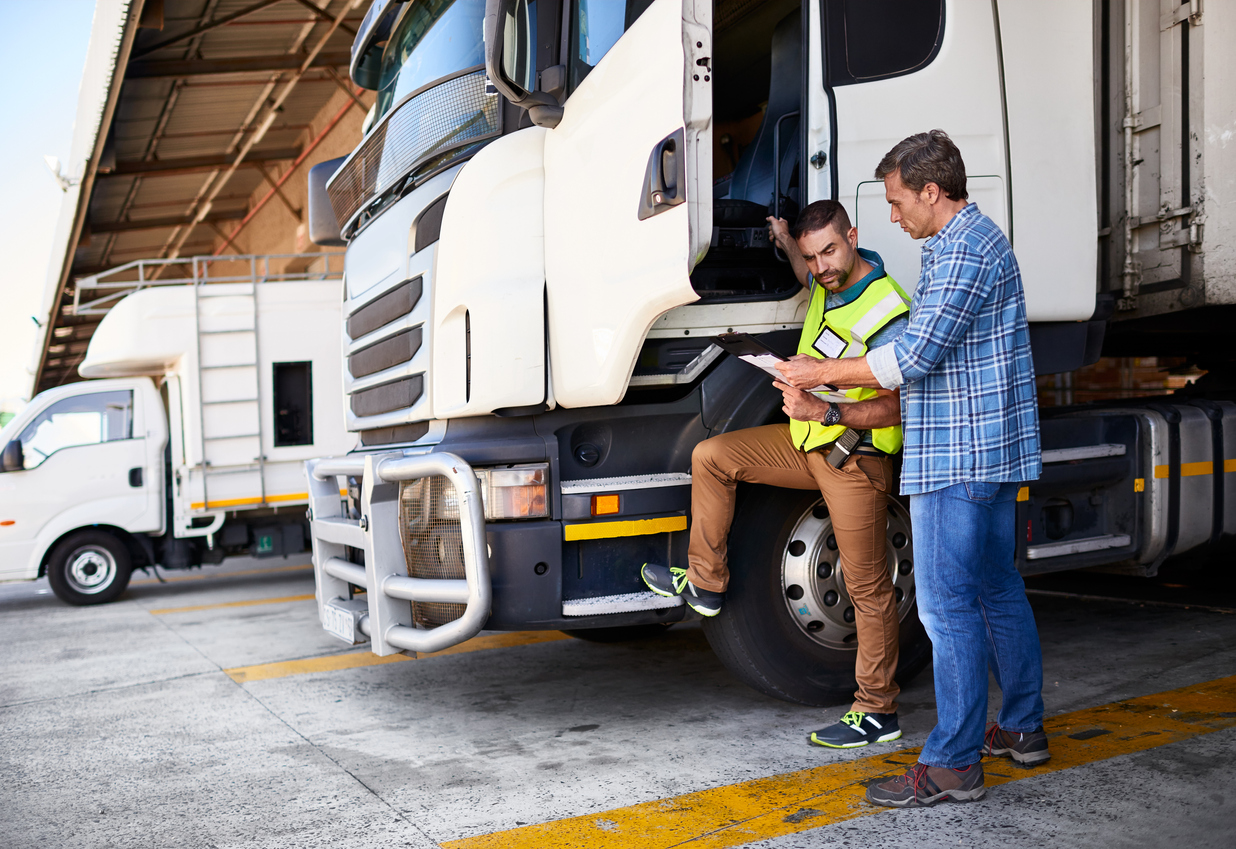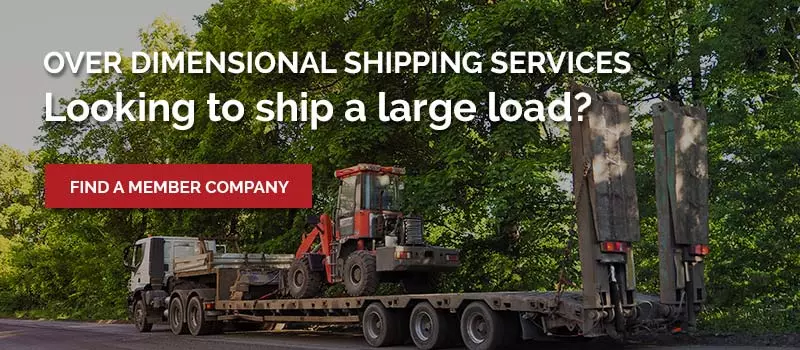 Shipping large goods across the country requires specialized knowledge. Here’s how to successfully navigate over dimensional freight regulations in the USA.
Shipping large goods across the country requires specialized knowledge. Here’s how to successfully navigate over dimensional freight regulations in the USA.
Every day, thousands of tones of over-dimensional cargo is moved across the nation. Simple, everyday activities such as adding salt to our meals or gassing up our vehicles wouldn’t be possible without the trucks carriers that ferry these loads. Bulk, over-dimensional cargo can be daunting to ship, but fortunately, there are a set of regulations that govern how that type of cargo can be moved from state to state.
Here are four key over-dimensional freight regulations in the US and how to stay on top of each.
1. Size of the load
Even for overweight loads, there are specific regulations you must adhere to for your cargo to be permitted to move across the country. Ideally, in the US, the maximum legal load height is 13.5 to 14.5 feet, and the maximum legal load width is 8.5 feet (although this remains the same in almost all state since it’s based on the width of a typical highway lane). If your load exceeds 8.5 feet (up to 14 feet), then it is by default an over-dimensional freight, which means it’ll be subjected to a fresh set of rules. These additional requirements include restricted travel times and routes as well as the requirement for pilot or escort vehicles (P/EV). So if you’re planning to ferry over-dimensional cargo sometime soon, it’s best to establish the exact dimensions of the cargo to know if a permit is required.
3. Permits
Speaking about permits, if your cargo exceeds one or more legal dimensions, you’ll need a permit (this could vary depending on the state) defining the weight, size, and nature of the cargo as well as the origin and destination of the transportation truck. Depending on the state, you might end up paying between $15 and $70 for a freight permit.
4. Escort vehicles
As far as over-dimensional freight regulations go, it’s almost impossible to ship an oversize cargo across the nation without escort vehicles. The good news is, most states will only require you to have an escort vehicle if your load is more than 10 feet wide. Depending on the type or size of the cargo, only one or two escort vehicles are needed. However, it’s important to note that if your load has reached an absolute limit of 14 feet wide, you might be required to have escort vehicles both in the front and in the rear of the hauling truck.
5. Safety equipment
Safety is a key concern in the hauling and transportation of over-dimensional loads. That’s why most states include the requirement for safety equipment in their over-dimensional freight regulations. Safety equipment typically includes lights, flags, and warning signs to ensure other drivers can spot the edges of an over-dimensional haul. That said, you’ll need to place a black and yellow “OVERSIZE LOAD” or “WIDE LOAD” banner or sign across the front of the hauling vehicle front. As an extra safety measure, most states will require you to place another warning sign at the end of the load or at the back of the vehicle if the load extends beyond the actual length of the hauling truck.
Through our member companies, the ShipNorthAmerica Network provides a broad range of services in specialized freight movement. Visit our blog for more articles, news, and updates for the transportation industry or contact us today and we’ll be more than willing to assist.

